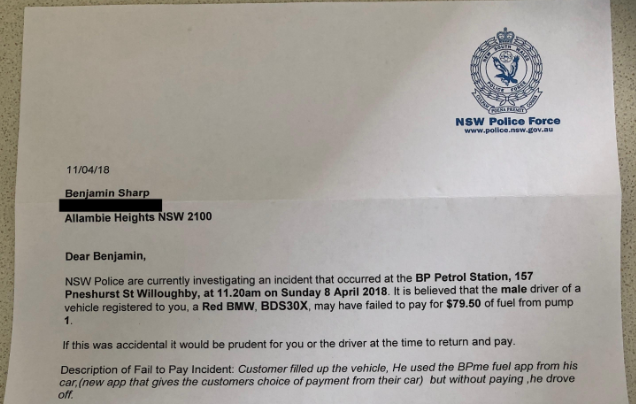The key ingredients for a viral LinkedIn post? A fuel pump, dodgy data and NSW Police
As Ben Sharp recovers from being accused of stealing $79.50 from a BP fuel pump, he reflects on the key ingredients that made his tongue-in-cheek LinkedIn post go viral.
Anyone in marketing knows how difficult it is to achieve a huge viral impact with your marketing activities. Striving for significant reach of your message and content through earned media (social) can be a great complement and multiplier to your paid activity.

As a result, when I posted this on LinkedIn on a Friday afternoon at 4pm, I thought it would have little impact.


Great article Ben!
I really appreciated how you’ve taken what could have been just an annoying experience and made it a point for insightful discussion into how social media has the ability to explode a story.
It’s unfortunate that you did receive some negative comments (although, not unexpected with all those wild trolls around!): a perfect example of how even the smallest complaint or even a basic inquiry into something that happened to you can be used as a reason for people to get self-righeous & critique not only the topic but you as a person too! Silly humans! It happens far too often over petty things: I’ve had a small taste of it and that was enough to make me to really understand how people so easily misconstrue the things online. Even worse, how it changes & often amplifies their response: I’m sure they wouldn’t be half as critical if it were said face-to-face! Fancy people getting all riled up over this! But that’s just social media nowadays!
Kudos to you for making a seemingly negative incident into a really interesting case study on the sporadic, unpredictable nature of social media.
Haters gonna hate: writers gonna write so keep at it! I’ll keep reading! 😀